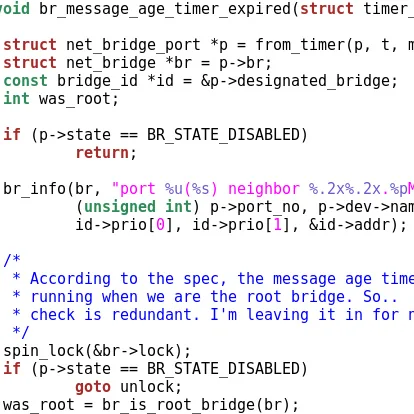Blender 3.3 Released With Intel oneAPI Backend, Improved AMD HIP Support

Among the many changes to find with today's Blender 3.3 release are:
- Initial support for Intel oneAPI back-end with the Cycles renderer. This is intended for use with Intel Arc Graphics / Data Center discrete GPUs and not existing integrated Intel graphics. This requires also using recent Intel compute driver releases. This is still work-in-progress and look for more Intel GPU acceleration in future releases.
- The AMD HIP back-end has been extended to now work going back to GFX9/Vega hardware on Windows and Linux. RDNA1 and GFX9/Vega issues were worked out since Blender 3.2 to allow broader AMD Radeon GPU support for Blender.
- Improved Apple Metal rendering GPU performance on macOS.
- OpenVDB volumes are rendered with half-float rather than full-float precision to yield significantly lower memory usage.
- NVIDIA's OptiX denoiser has better performance now when rendering with multiple NVIDIA GPUs.
- "Drastically improved" drawing performance when sculpting with EEVEE enabled.
- Much better performance for LineArt with the grease pencil.
- A new hair workflow is possible with the new curves object type that has a sculpt mode intended for hair grooming.
- Improved usability of the Library Overrides UI/UX.
- Full support for camera's background images.
- JPEG preview thumbnails are created faster while also using less RAM. EXR preview thumbnail images should also consume less RAM.
- Font fallback support.
- Various performance improvements to geometry nodes.
- Improved performance when importing USD / Alembic / OBJ files with large numbers of objects. For a USD production scene with 260 thousand objects its reported to drop from 3.5 hours to 1.5 minutes.
- A new experimental STL importer that is written in C++ and about eight times faster than the former Python-written STL importer.
- glTF 2.0 handling improvements for import/export.
More details on Blender 3.3 via the release notes. Blender 3.3 downloads are available from Blender.org.
Also notable with Blender 3.3 is that it's a long-term support (LTS) release for providing fixes and updates for a two-year timespan. I'll have up new Blender benchmarks for Blender 3.3 shortly for various CPUs and GPUs.
28 Comments

